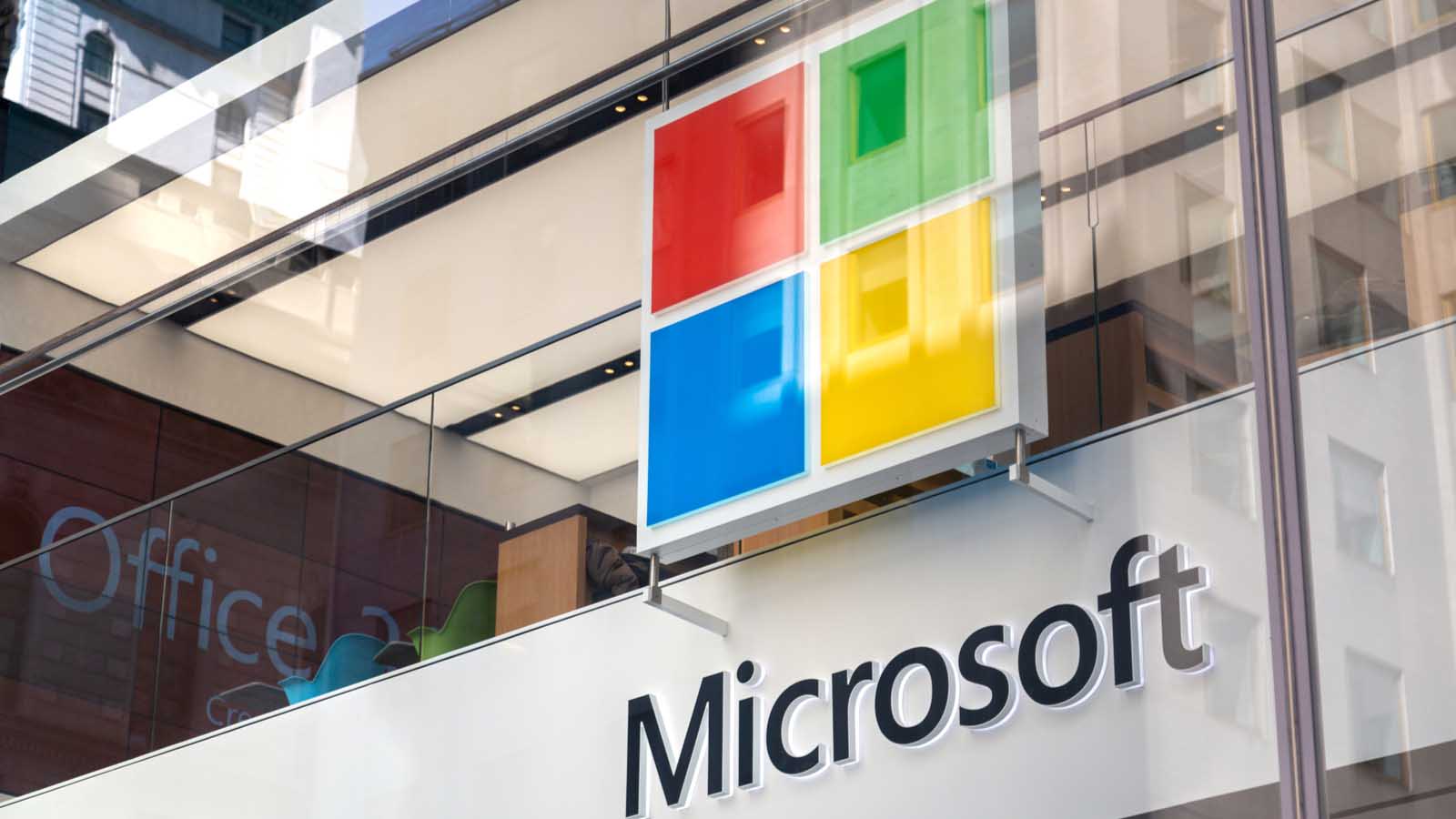On Oct. 23, Microsoft (NASDAQ:MSFT), released its fiscal first-quarter results. They showed improvement by its cloud segment, Azure, in particular and by its entire business in general.

In 2019, MSFT stock is up about 40%. I believe that the strong performance of Microsoft stock has been based on robust fundamentals, which I expect to continue into the final weeks of the year and beyond. With MSFT’s earnings behind us, let’s look at the catalysts that are likely to further boost the MSFT stock price.
MSFT Stocks’s Earnings Are Aiming For the Clouds
Overall, MSFT delivered robust, double-digit-percentage growth. Microsoft stock’s total revenue came in at $33.1 billion and increased 14% YoY. Its net income was $10.7 billion and went up by 21%. And its diluted earnings per share was $1.38, a YoY increase of 21%.
MSFT Has Robust Long-Term Growth Metrics
In Q1, Microsoft’s productivity and business processes revenue increased 13% YoY to $11.1 billion.
Investors also cheered the growth of LinkedIn’s advertising revenue and premium subscriptions. LinkedIn, whose revenue increased 25% YoY, now has over 600 million total users and over 260 million monthly active users (MAUs). In other words, the deal is paying off well for Microsoft.
The revenue of the company’s intelligent cloud segment rose 27% to $10.8 billion. “The world’s leading companies are choosing our cloud to build their digital capability,” said CEO Satya Nadella.
Azure’s performance indicates that Microsoft is gaining market share in one of the most important growth industries of the coming decade. The segment continues to incorporate applications that businesses which store data on Microsoft cloud also find valuable, including those driven by AI data analytics.
Finally, the revenue of Microsoft’s personal computing segment, which includes Windows, Surface, search advertising and gaming, came in at $11.1 billion and increased 4% year-over-year. A recent thesis by Jacob Paul Warner published at University of Nebraska – Lincoln concludes that the “cloud is largely accepted as the future of gaming. With a dominant position in the gaming industry, Microsoft should create a cloud-gaming platform to build upon its current user base.”
And the company has just launched a beta version of its own cloud-gaming platform, Project xCloud. Investors may want to keep an eye on the developments in this area, too.
Analyzing the Technicals of MSFT Stock
Over the past year, Microsoft stock is up 35%. Due to the recent impressive run-up in MSFT stock price, short-term technical indicators have become somewhat overextended. Investors who pay attention to short-term oscillators should note that Microsoft stock also looks “overbought.”
So, in the coming days, there might be some profit-taking in Microsoft stock. It’s likely that a lot of good news has already been priced into MSFT stock price.
Microsoft stock’s beta is 1.23, which means its volatility on average is 20% higher than that of the stock market. Therefore, if the industry or the overall market declines, then the MSFT stock price may also be adversely affected.
Microsoft stock is momentum-driven, so it usually experiences big price swings after MSFT reports earnings. In other words, it can easily gap up if the numbers are better than expected, or the stock can easily gap down if the numbers disappoint, too.
Indeed on Oct. 28, MSFT stock jumped, following the headlines that Azure had been awarded a lucrative Pentagon contract. It is likely that the recent rally of Microsoft stock may be closed in the short-run. Then Microsoft stock price may stabilize as it gets ready for the next leg up.
So Should Investors Buy MSFT Stock Now?
I believe MSFT stock would be an important addition to any long-term portfolio. If you already own Microsoft stock, you might want to hold onto your shares. That said, if you are worried about short-term profit taking, then you may consider placing a stop loss at about 3%-5% below the current price point to protect your profits to-date.
If you have experience with options, you may also consider using a covered call strategy with an approximately two-month time horizon. In that case, you may, for example, buy 100 shares of MSFT at a limit price of $142.83 and, at the same time, sell a MSFT Dec. 20 $145 call option.
The $145 option is slightly out-of-the-money, offering some downside protection in case of volatility and a decline in MSFT stock. It would also allow investors to participate in any advance by MSFT stock until the option expires. This call option will stop trading on Dec. 20, 2019, and expire on Dec. 21.
The Bottom Line on MSFT Stock
Investors who are seeking capital appreciation should keep in mind Microsoft’s dominant position in the cloud sector. Earnings are likely to boost Microsoft stock in the coming months, but just as crucial is management’s strategy for the company.
Microsoft returned $7.9 billion to shareholders in the form of both dividends and share repurchases in fiscal Q1. That number was up 28% YoY. The owners of MSFT stock currently enjoy a dividend yield of 1.4%. As a primarily subscription-based business, Microsoft has stable cash flow, another positive factor to consider for dividend investors.
I would not advocate bottom-picking in case of near-term weakness by MSFT stock. Yet, I find MSFT stock to be compelling, and by the end of 2020, I’d expect MSFT to reach and possibly go over $150. In other words, it’s still a good time to be bullish on Microsoft.
As of this writing, Tezcan Gecgil did not hold a position in any of the aforementioned securities.
